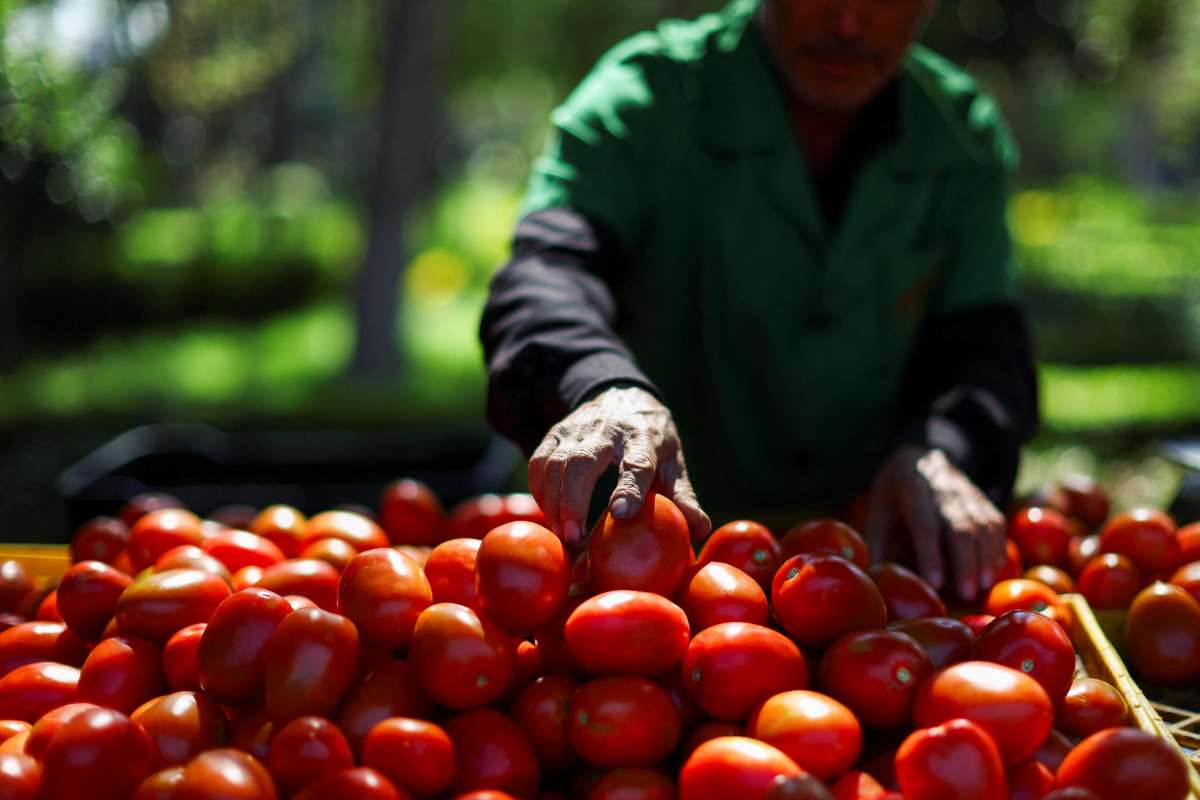Beginning Monday, July 14, 2025, the United States has imposed a 21% tomato tariff on fresh tomato imports from Mexico, ending the Tomato Suspension Agreement (TSA) that had governed trade between the two nations for nearly three decades.
The TSA, in place since 1996, allowed Mexican exporters to avoid tariffs by adhering to minimum pricing rules. However, the U.S. Department of Commerce argued that the agreement failed to prevent unfair pricing and “dumping” of tomatoes in the U.S. market. With Mexico supplying more than 90% of U.S. tomato imports,the new tomato tariff marks a significant disruption in the North American food supply chain.
CBS News Chicago confirmed the withdrawal takes immediate effect, impacting fresh, chilled, and vine-ripened tomatoes.
Price Increases Expected Nationwide
The American Action Forum projects that the 21% tomato tariff will raise prices by $0.08 per pound, translating to a 7%–11% increase for U.S. consumers (source). That means price tags on tomatoes could jump at supermarkets and restaurants alike.
Retailers like Walmart and Kroger are expected to pass the cost down to shoppers. According to The U.S. Sun, prices could rise by at least 10%, affecting not just fresh tomatoes but also salsa, ketchup, pizza toppings, and sauces.
The restaurant sector may feel the sharpest impact. In a News3LV report, some small restaurant owners expressed fears of closure, citing already tight margins. One owner said, “Give it three months, and we’ll be out of business.”
These fears are backed by concerns that supply may dwindle as Mexican growers scale back production, unsure if they can compete with tariffs cutting into margins.
U.S. Growers Applaud, Mexico Pushes Back Amid Trade Tensions
Domestic tomato growers, particularly in Florida, have welcomed the tariffs. Robert Guenther from the Florida Tomato Exchange said the TSA was “ineffective” and that domestic farmers were routinely undercut by artificially low Mexican prices.
However, the backlash from Mexico has been swift. Growers like Walberto Solorio from Baja California argue the move punishes all exporters for the actions of a few. “We’ve followed the rules, and we’re still being penalized,” he told Erie News Now.
This tomato tariff adds fuel to an escalating trade standoff. Earlier this year, the U.S. threatened broader tariffs on goods from Mexico and the EU—part of a growing trend toward protectionist trade policies in 2025.
With the 21%tomato tariff in effect, tomato prices are expected to rise sharply in the U.S., straining household budgets and food businesses. While domestic growers welcome the protection, consumers and Mexican producers face tough months ahead. Unless new negotiations emerge, the tariff may remain a flashpoint in a wider U.S.–Mexico trade rift.
Visit Mr. Business Magazine For The Most Recent Information.







